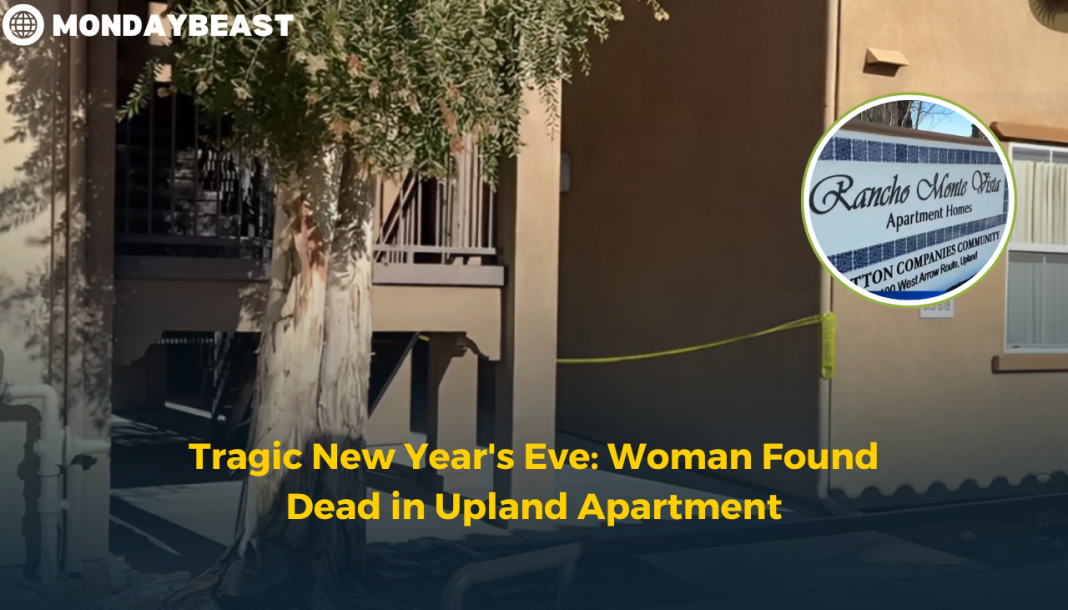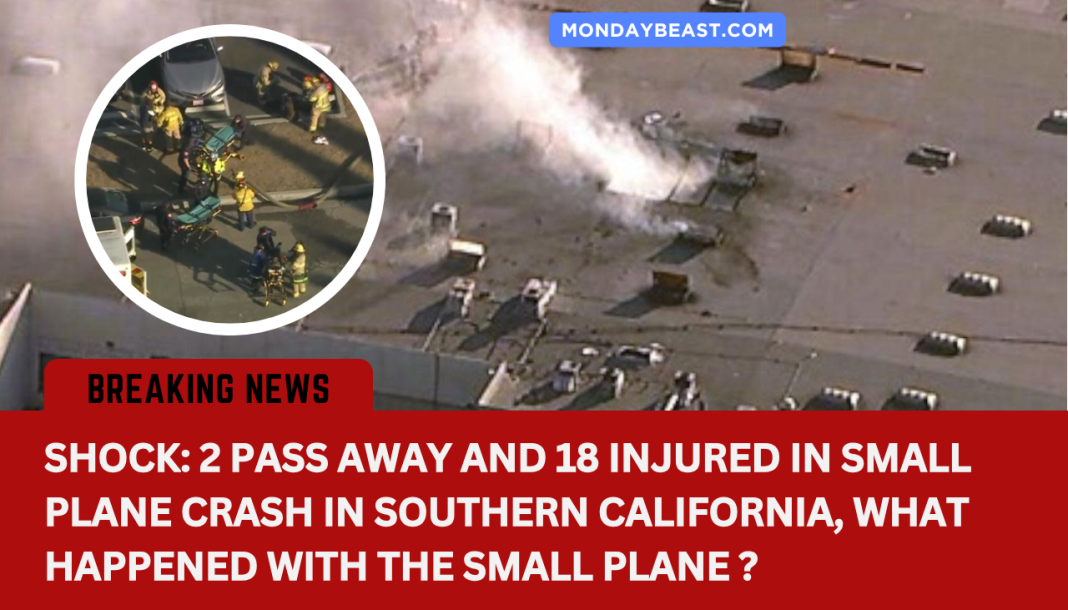A Day of Chaos in Las Vegas
The Las Vegas Strip, known for glitz and glamour, turned tragic this past week. An explosion rocked the area, drawing attention to an unexpected twist—a soldier’s life was lost. But how did it come to this?
Matthew Livelsberger, a 37-year-old decorated Green Beret, was found deceased in a Tesla Cybertruck among flames and debris. His story intertwines with national conversations about mental health, military service, and the repercussions of personal struggles. It begs the question: How can a soldier, trained to face adversity, spiral into such despair?

Eyewitness accounts painted a shocking picture. The Cybertruck, packed with excessive explosives, detonated outside a hotel partially owned by Donald Trump. What was supposed to be a routine day suddenly thrust many bystanders into chaos and fear. Seven people were injured, but what lay behind this tragic incident?
A Soldier’s Journey
Livelsberger served multiple tours in Afghanistan. He earned praise for his valiant service, emphasizing his combat experience and training. Yet, the path from hero to tragedy is more common than one might think.
Despite his accolades, those who served question the support offered to veterans. Many feel abandoned upon returning home. Livelsberger’s change from respected soldier to tragic victim reflects a disturbing reality. How can the nation do better for its heroes?

His military journey included two Bronze Stars and service in multiple countries. He transferred from active duty to the National Guard and later to the Army Reserves. The complexity of military life can leave scars, both visible and invisible.
A Troubling Connection
Adding to this somber narrative is the context—just hours before the Las Vegas blast, chaos erupted in New Orleans. A mass killing involving a military veteran sent shockwaves through the country.
Was there a connection between these two events? Authorities were quick to investigate potential links. Livelsberger had reportedly been at the same army base as the suspect in New Orleans. This revelation has many pondering the mental state of servicemen.

The FBI’s inquiry highlights the time spent with other veterans. It raises questions about the community left after they serve. Shouldn’t these men and women have better support systems?
Mental Health and Military Personnel
Livelsberger’s tragic end opens a dialogue about the mental health of active and inactive military members. Reports surfaced of a potential fight with his wife prior to renting the vehicle. What drove him to this heartbreaking step?
Often, combat veterans face unrelenting challenges upon their return. Many wrestle with PTSD, depression, and anxiety, yet stigma remains. It’s vital for society to face these issues head-on. How can we change the narrative surrounding mental health in the military?
In Livelsberger’s case, the warning signs existed. Professionals emphasize the importance of reaching out and listening. Instead of isolating, individuals should unite to share experiences and offer help.
A Legacy of Service Amidst Tragedy
The aftermath of the explosion provokes thoughts about legacy and memory. Livelsberger’s service to his country cannot be erased, yet his last act overshadowed this.
Communities must learn from this tragedy. Pain often masks itself behind bravado. Invoking discussions on mental health isn’t just support; it’s a lifeline to many grappling with unseen battles.
The investigation into the explosion continues, with multiple law enforcement agencies involved. The FBI is pursuing leads, seeking a deeper understanding of Livelsberger’s journey.
Conclusion: A Call to Action
As this story unfolds, we need to consider its implications on our veteran population. Livelsberger’s story serves both as a wake-up call and a reminder. Reflect on the lives of those who serve.
How can we ensure that a tragic event like this becomes a catalyst for change? Together, society must advocate for mental health resources and support veterans. Every life lost leaves an indelible mark, but it can also fuel a movement toward healing.




